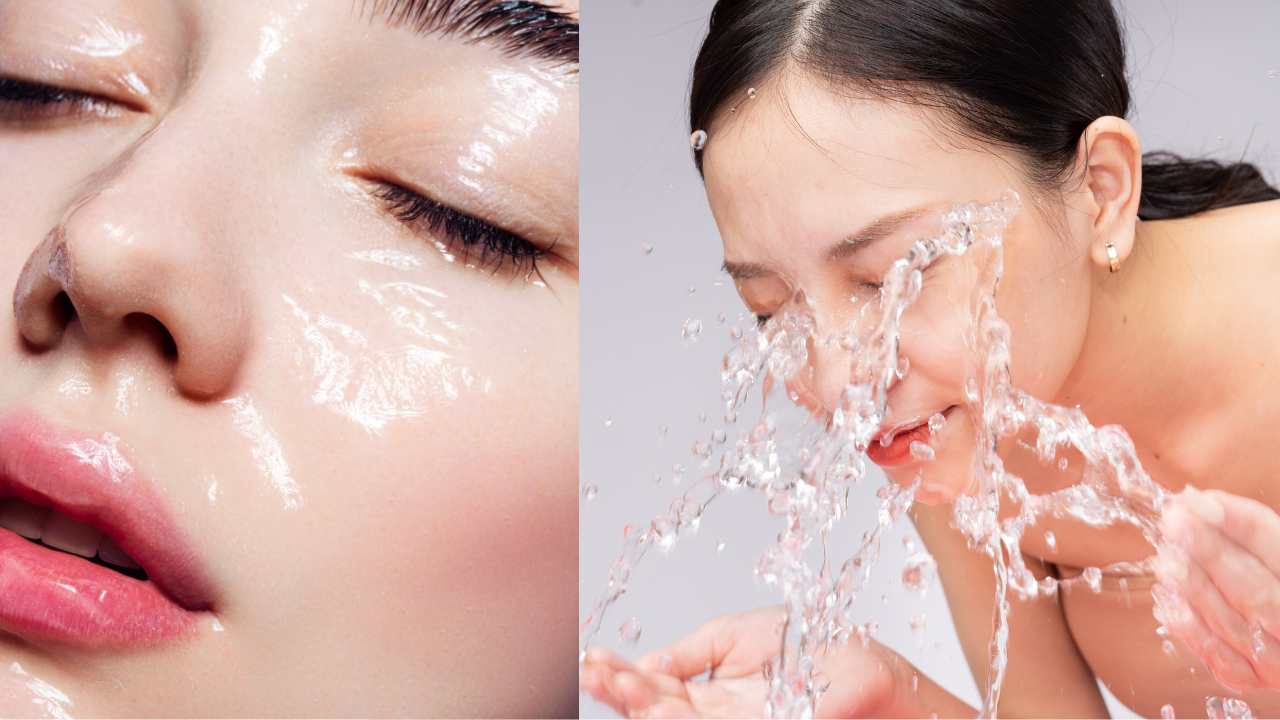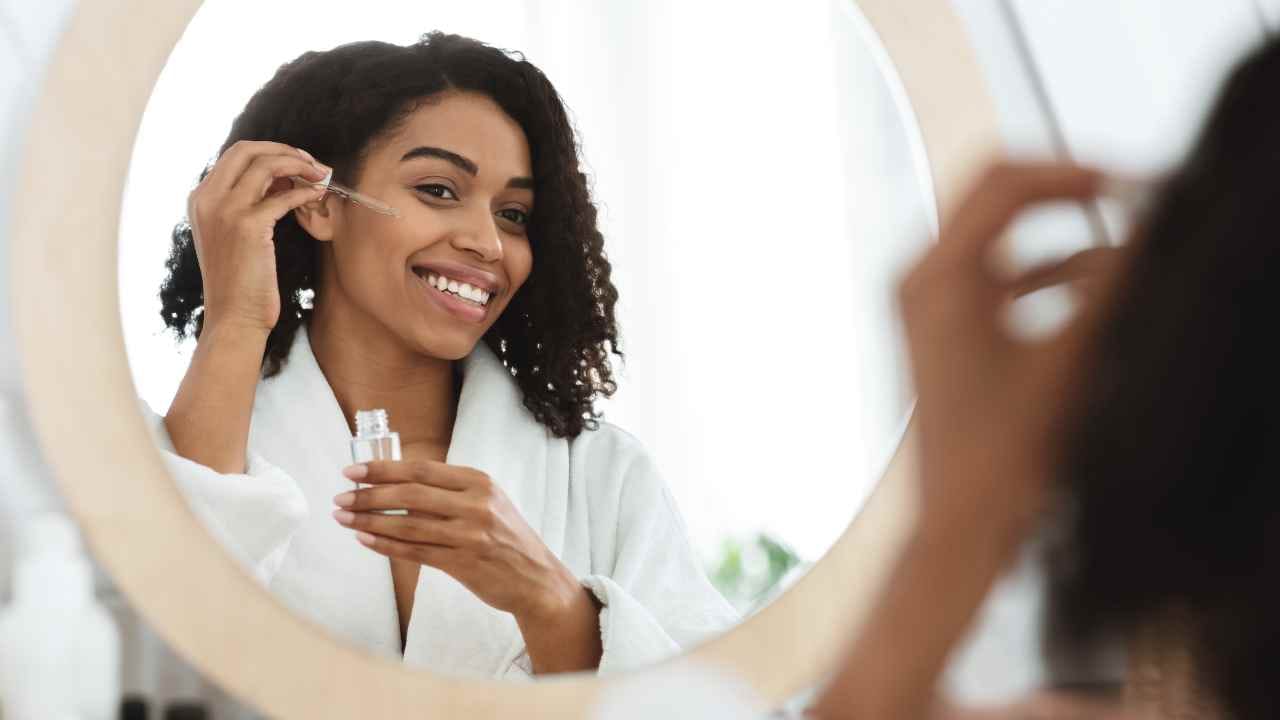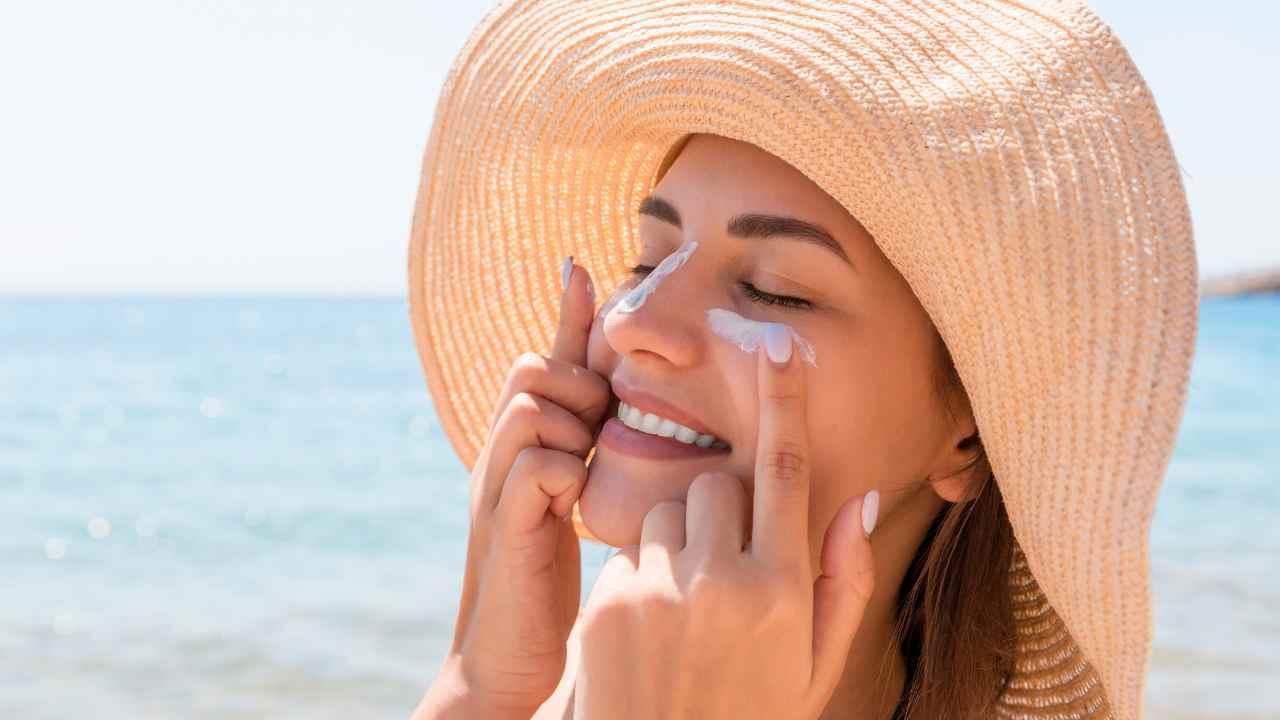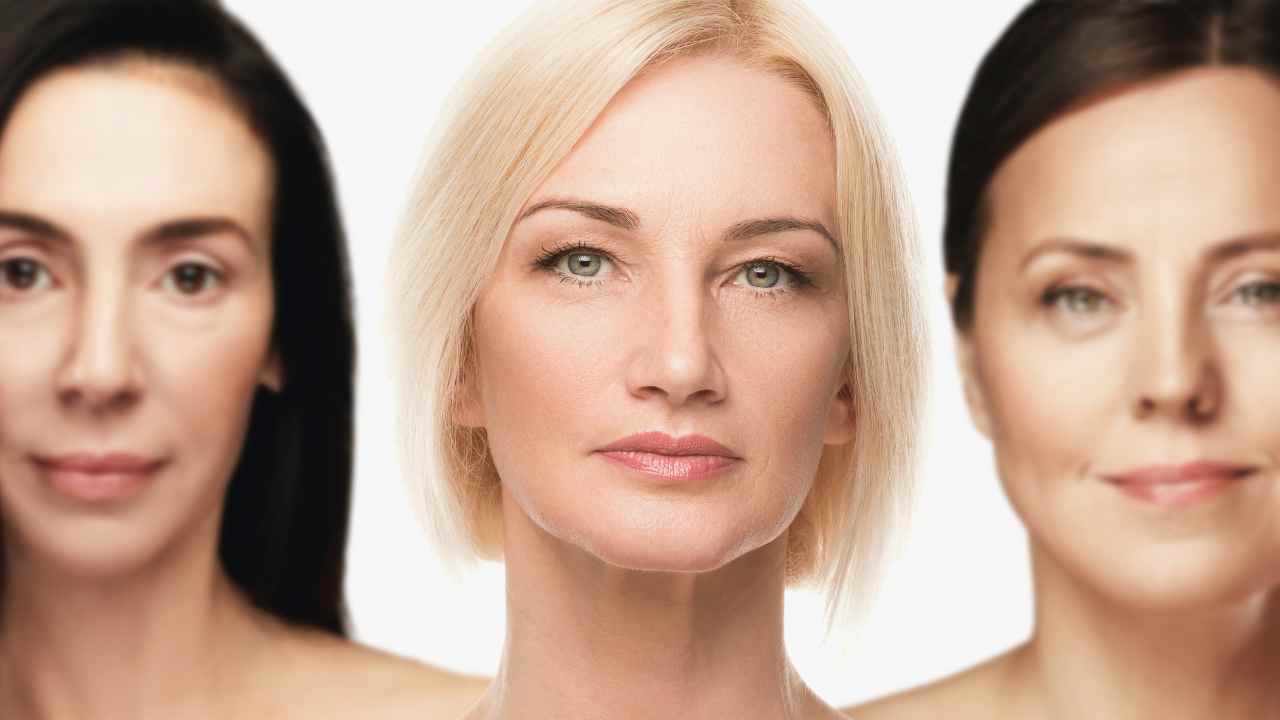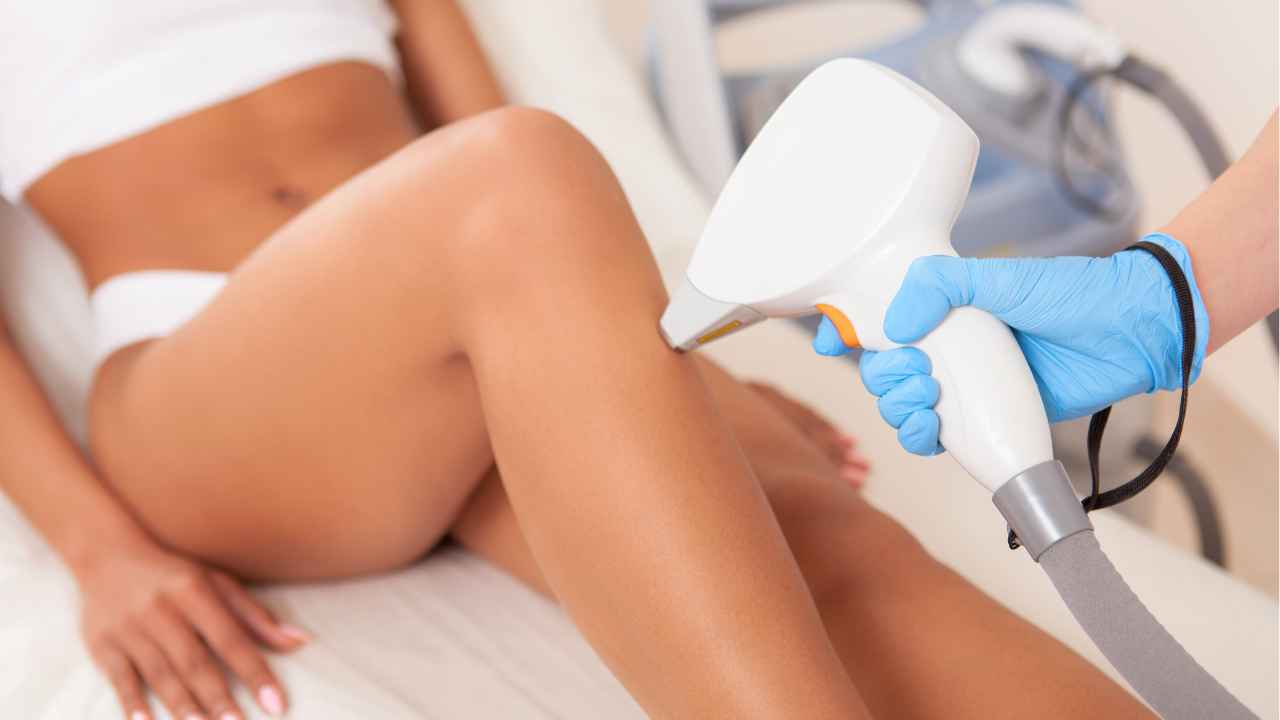
Can I Use Niacinamide with Retinol? The Do's and Don'ts!
Are you ready for the ultimate skincare showdown? Retinol vs. Niacinamide—two powerful ingredients that everyone is talking about these days!
We know they both have amazing benefits for healthy glowing skin, but the million dollar question is this: can you actually use them together?
As skin care enthusiasts who have tried it all, we're here to clue you in on when and how to combine retinol and niacinamide for best results no matter your skin type.
So grab yourself a cup of tea or coffee (or maybe an oversaturated sheet mask will do?) and let's dive into understanding retinol and niacinamide so we can figure out just what their dynamic duo can work its magic on your beauty routine!

What is Niacinamide?
Niacinamide (also known as vitamin B3 or nicotinic acid) is a derivative from vitamin B3 that helps to nourish and repair the outermost layers of your skin and reduce inflammation.
It can help to protect against environmental damage like free radicals, UV rays, pollutants and other factors that can lead to premature aging signs like wrinkles, sagging skin and hyperpigmentation.
With anti-aging benefits like these on top of its moisturizing properties, it's no wonder why so many people are raving about Niacinamide!
In addition to reducing wrinkles and helping with moisture retention in your skin cells, Niacinamide also helps regulate oil production - perfect for those with oily skin or combo complexions looking for some balance.
This ingredient does much more than make up feel good when applied: studies have shown that regularly using products containing niacinamides can improve acne scarring as well as reduce redness associated with blemishes by improving lipid barrier function (the production rate at which our bodies create natural oils).
Studies have also suggested that this powerful little ingredient has antioxidant actions which help stimulate collagen - another factor in reducing signs of aging!
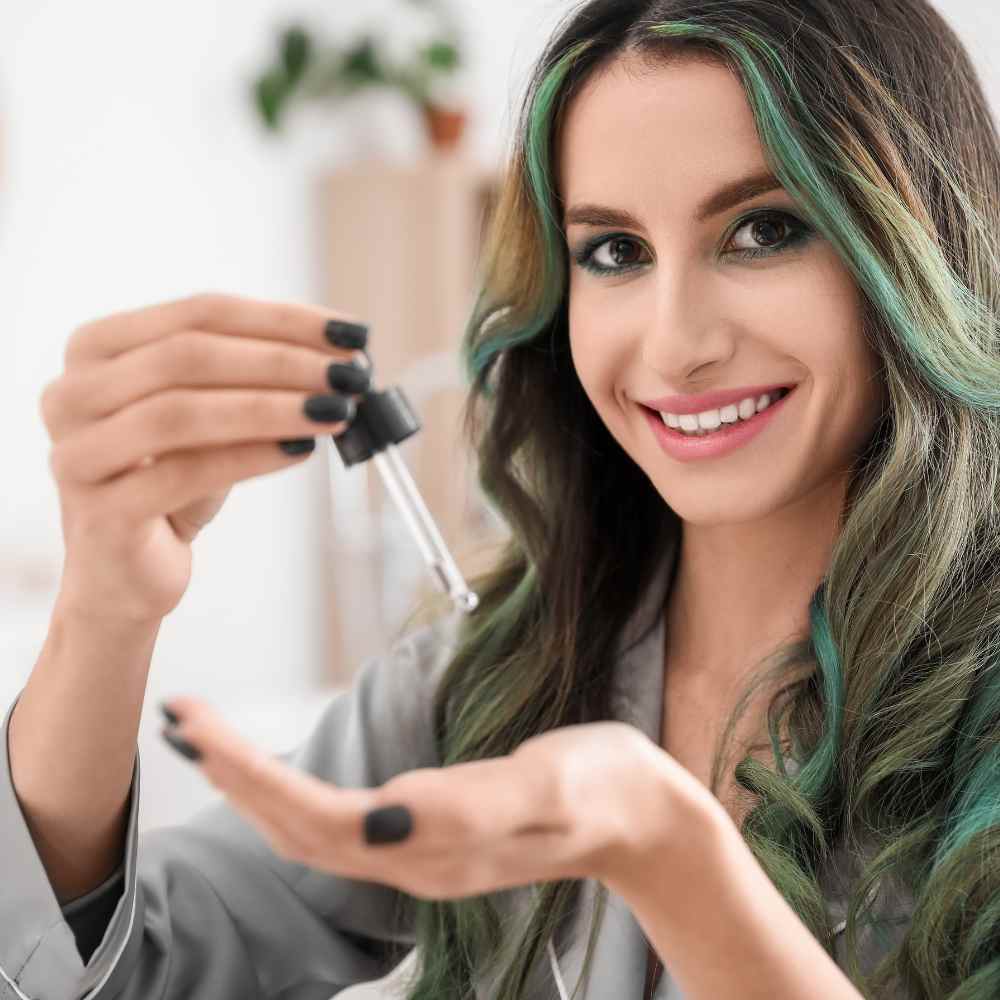
What is Retinol?
Retinol is one of the most powerful skin care ingredients out there and for good reason!
It’s a vitamin A derivative, meaning it helps reduce wrinkles by stimulating collagen production and reducing inflammation. It can also help fade hyperpigmentation caused by sun damage, age spots or hormonal changes and treat uneven skin tone.
All of these benefits sound amazing right? But why does everyone seem to be talking about retinol lately and what should you know before using it?
Retinol cream has been around since the 1960s but recently it's getting more attention due to its various anti-aging properties.
In addition to improving collagen, helping combat dark spots and increasing blood flow to the skin, studies have shown that regular use can make your skin look younger both in terms of texture (smoother) as well as color (brighter).
However, retinoid products (including retinol) can cause some side effects such as skin irritation, burning or stinging sensations on sensitive skin types.
To avoid this issue and ensure optimal results while using a retinoid product it’s important to start slow with low concentrations until your skin adjusts before gradually increasing strength if needed.
The Difference Between Niacinamide & Retinol
Niacinamide and retinol serum work through different mechanisms to improve the skin.
Niacinamide primarily focuses on regulating sebum production, reducing inflammation, and targeting hyperpigmentation. Retinol promotes cell turnover, stimulate collagen, skin elasticity, addresses signs of aging and promotes smooth skin texture.
Understanding the unique benefits of each ingredient is key to comprehending how they can complement each other in a skincare routine.
Addressing the Compatibility Myth
There has been a long-standing belief that niacinamide and retinol should not be used together due to concerns about potential interactions that could render the ingredients ineffective. However, recent research suggests that this myth is not entirely accurate.
While direct combinations of high concentrations of niacinamide and retinol can cause slight temporary flushing or redness in some individuals, this is not a widespread issue and can be avoided by proper usage and layering techniques.
Benefits of Combining Niacinamide & Retinol
When used together, niacinamide and retinol can provide synergistic benefits for the skin.
Niacinamide can help counteract some of the potential side effects of retinol, such as dryness and irritation, by strengthening the skin barrier and reducing inflammation.
Additionally, niacinamide's sebum-regulating properties can complement retinol's ability to address acne and clogged pores, making it an ideal pairing for those with oily or acne-prone skin.
Here are other serums that are safe to mix with retinols, according to Dr. Lindsey, MD:
@dermguru Niacinamide and retinols go together like Pb&J @drjennyliu #retinol #retinoid #skincare #skincareroutine #skincare101 #fyp #skintok #learnontiktok
♬ TO THE MOON - JNR CHOI & Sam Tompkins
@dermguru
Incorporating Niacinamide and Retinol into Your Routine
To successfully incorporate niacinamide and retinol into your skincare routine, follow these tips:
Start Slowly: If you are new to either ingredient, introduce them one at a time to allow your skin to adjust. Begin by using them on alternate nights to minimize the risk of irritation.
Layering Technique: Apply niacinamide first, followed by retinol. This layering technique allows both ingredients to work effectively without any potential interaction.
Consider Different Formats: If you prefer using niacinamide and retinol in the same product, look for formulations that combine both ingredients, as they are specifically formulated to work together.
Pay close attention to how your skin responds to the combination of niacinamide and retinol. If you experience any irritation, adjust the frequency or concentration of the products accordingly.
Use Sunscreen: Both niacinamide and retinol can increase the skin's sensitivity to the sun, so it is crucial to apply broad-spectrum sunscreen during the day to protect your skin.
Use Moisturizer: Be sure to follow these ingredients with a good moisturizer. You can also add hyaluronic acid to the mix. Hyaluronic acid is a humectant that keeps skin hydrated, which is important when using drying ingredients such as retinoids.
Lastly, be careful mixing any other aggressive ingredients on your skin when using retinoids. AHA's such as salicylic acid, benzoyl peroxide, or lactic acid can cause skin sensitivity when mixed with retinols as well as vitamin c serum.
Seek Professional Advice
It is always wise to consult with a dermatologist or skincare professional, especially if you have sensitive skin or are using prescription-strength retinoids.
They can provide personalized recommendations and guidance based on your specific skin type, concerns, and any existing skincare routine.
Niacinamide + Retinol = Skin Love
If you're looking to step up your skincare routine, make sure to include topical niacinamide and retinol together. The combination will have your skin smiling from ear to ear!
Don't be afraid of layering these two powerhouse ingredients for maximum benefits - just give it some time and see how your skin responds. Plus, you can always adjust based on your skin's reactions.
Who knew science could be this fun? With niacinamide and retinol, get ready to greet the world with a glowing complexion.
Let's conquer dullness and dehydration together - those days are OVER! It's time you show off that healthy, radiant skin you deserve.



